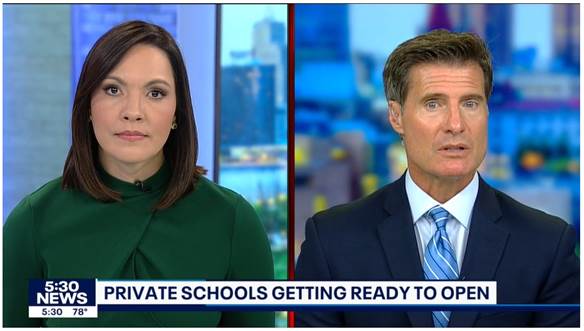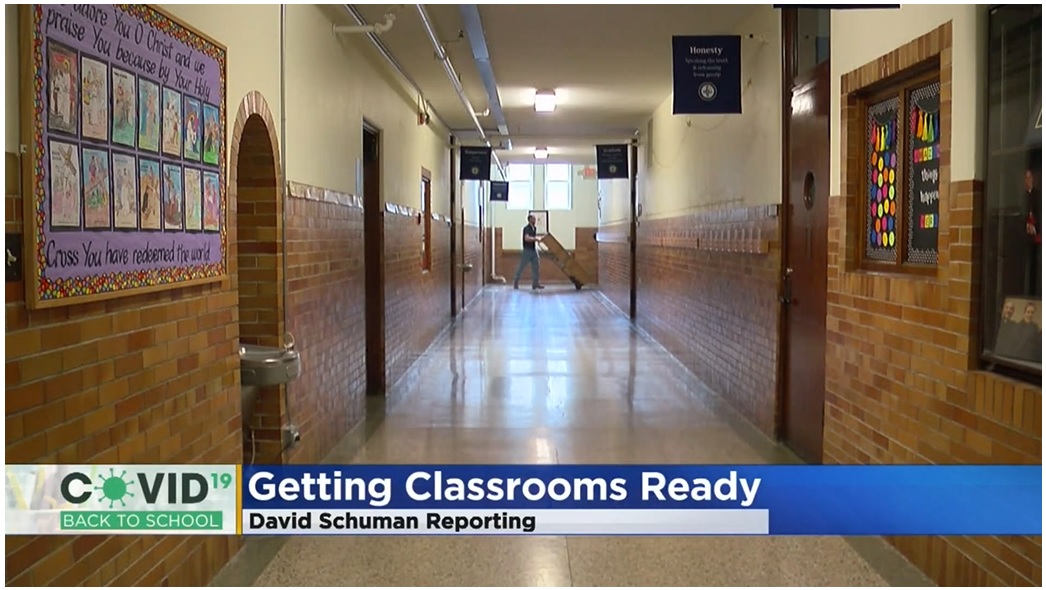Why do Minnesota public school districts with declining enrollment see an increase in per-pupil revenue?
Because under public school finance systems, “districts that lose students do not lose a proportional share of their local, state, and federal funding,” explains Ben Scafidi in his report “The Enrollment Decline Windfall.”
The specific reasons will vary across states, but several are common: local funding is often not automatically reduced when student enrollments decline; some state funding is not directly tied to enrollment; and, in practice, federal funding is not proportionately reduced when enrollment decreases. Consequently, districts can retain funds for students they no longer serve, giving them more resources, on a per-person basis, for students who remain.
I looked specifically into Minnesota data and found some examples. From FY 2023 to FY 2024, the most recently reported revenue data from the Minnesota Department of Education, dollars per student based on average daily membership (ADM) in the Anoka-Hennepin school district — the largest in the state — increased nearly 13 percent (exceeding the increase in the cost of living during that year), while the number of students served declined just under half a percent. The Rosemount-Apple Valley-Eagan school district saw a 12 percent increase in dollars per ADM and a 1 percent decline in students served. Rochester school district jumped 11 percent in per-ADM funding while serving 1 percent fewer students.
We see this pattern in rural school districts as well. The Bemidji school district declined 2 percent in the number of students served from FY 2023 to FY 2024 but saw an increase of 8 percent in dollars per ADM, which was well above the rate of inflation for that year. Waseca school district experienced a 3 percent drop in students served; per-ADM funding increased 9 percent.
The pattern presents itself over longer time periods, too. For instance, the number of students served in the Minneapolis school district has dropped 17 percent from FY 2019 to FY 2024, yet dollars per ADM is up 45 percent — more than two times larger than the increase in the cost of living over that same time period, according to the PCE Price Index.
Additionally, did you know that Minnesota pays school districts when their enrollment declines? It is called declining enrollment revenue and has been on the books in some form since 1971 to essentially help “soften the blow” when districts lose students and have to make difficult budget decisions.
The current funding measure requires a district to experience a decline in total adjusted pupil units from one year to the next, and then they are given 28 percent of the basic formula allowance per student multiplied by the difference between the kids they used to have and the kids they currently have. (The Minnesota Legislature has recently set the basic formula allowance per student to increase automatically every year at the rate of the Consumer Price Index (CPI), but within a band not less than 2 percent or greater than 3 percent per year.) As of a February 2025 forecast from the Minnesota Department of Education, declining pupil revenue is set at $18.5 million. For FY 2026, it is forecasted to increase to $31 million.
I bring all this up not only because I find it fascinating but also because a primary argument against education choice programs, such as tax-credit scholarships or education savings accounts (ESAs), is that they “take” money from public schools, leaving them with fewer resources for the students who remain.
But public schools experience enrollment shifts for a variety of reasons — when local economies grow or shrink, immigration patterns, birth rates, a rise in empty nesters. All of these changes impact a district’s budget even without the presence of choice programs.
It is true that if a student leaves a public school, the student takes with them the state dollars the public school would have received if the student had stayed at that school. But as I explain here, the school is also not responsible for educating the student and is relieved of the costs associated with educating the student; therefore, the school doesn’t receive the state dollars to provide that service (they still get to retain local dollars!). That’s not “taking” money from the school; a public school doesn’t have a right to taxpayer money for students it doesn’t teach.
But even in Minnesota, a state that doesn’t (yet) have a choice program as described above, there are plenty of examples of public school districts with declining enrollments that saw an increase in their revenue per student from one year to the next.
Yet groups like Education Minnesota keep insisting that choice programs “take” money from public schools and leave the students who remain “with less,” ignoring the reality that current enrollment shifts — absent a choice program in the state — aren’t leaving students with fewer dollars.
Guess the teachers’ union will have to come up with a new excuse to continue opposing education reform that prioritizes students and is supported by a majority of Minnesotans across the political spectrum.












![[downloaded during free trial]](https://oakmn.org/wp-content/uploads/2025/11/iStock-1430368205-120x86.jpg)

